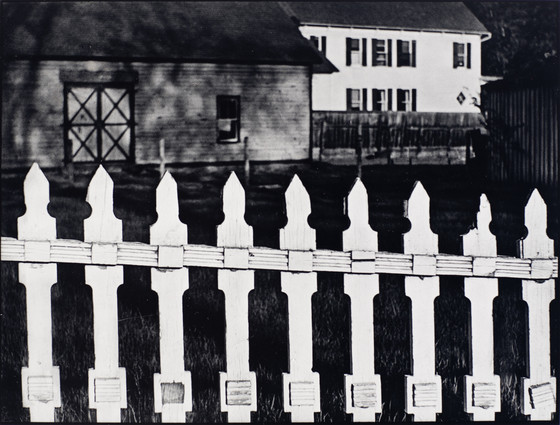The White Fence (Port Kent, N.Y.)
Please log in to add this item to your gallery.
View comments
No comments have been posted yet.
Add a comment
Please log in to add comments.
Please log in to add tags.
* Nearly 20,000 images of artworks the museum believes to be in the public domain are available to download on this site.
Other images may be protected by copyright and other intellectual property rights.
By using any of these images you agree to LACMA's Terms of Use.
The White Fence (Port Kent, N.Y.)
Photographs
Gelatin silver print
Image (including black border): 10 × 13 3/16 in. (25.4 × 33.5 cm)
Primary support: 10 15/16 × 13 7/8 in. (27.78 × 35.24 cm)
Secondary support: 10 15/16 × 13 7/8 in. (27.8 × 35.24 cm)
Mat: 16 × 20 in. (40.6 × 50.8 cm)
The Marjorie and Leonard Vernon Collection, gift of The Annenberg Foundation, acquired from Carol Vernon and Robert Turbin (M.2008.40.2088)
Not currently on public view
